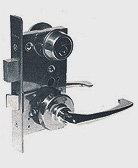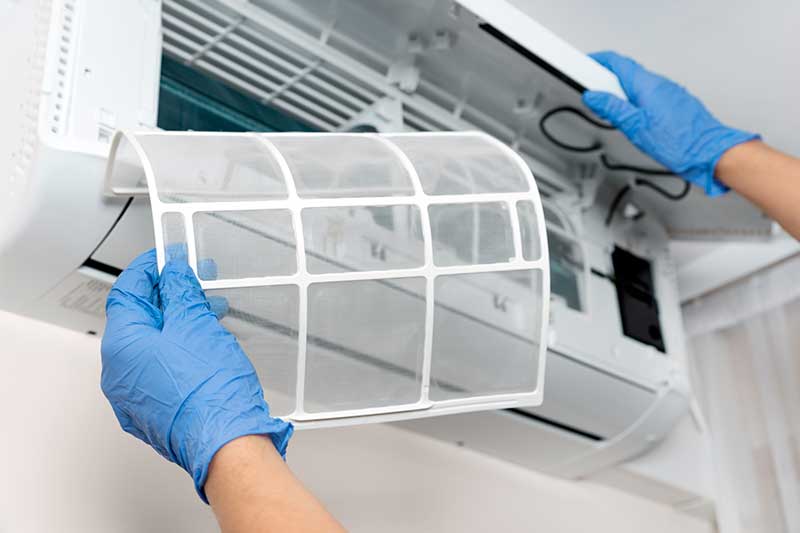Cylindrical locks are a common type of door lock, designed for both residential and commercial applications. The Yale YANK and NARA cylindrical lock is a popular choice, known for their durability, security, and ease of installation. In this briefing, we will provide a comprehensive procedure for installing and using these locks.
Lock Components
Before we dive into the installation process, it’s essential to understand the key components of the Yale YANK and NARA cylindrical locks. These components include:
- Lockset: The main part of the lock that contains the latch, the locking mechanism, and the knob or lever.
- Latchbolt: The latchbolt is a retractable bolt that keeps the door securely closed. It is operated by turning the doorknob or lever and can be retracted manually from the inside.
- Striker Plate: The striker plate is mounted on the door frame and has a hole that aligns with the latchbolt when the door is closed. This is where the latchbolt engages to keep the door closed.
- Cylinder: The cylinder is where the key is inserted for locking and unlocking the door from the outside.
- Thumbturn: On the inside of the lockset, a thumbturn allows for easy unlocking without a key.
Installation Procedure
Installing a Yale YANK or NARA cylindrical lock requires some basic tools and a systematic approach. Here’s a step-by-step procedure:
- Gather Tools and Materials: Before you start, make sure you have the lockset, striker plate, screws, keys, and all necessary tools. Common tools needed include a screwdriver, a drill, and a hole saw.
- Remove Existing Lock: If you are replacing an old lock, remove the existing lockset, latch, and striker plate. Make sure the hole in the door is suitable for the new lock.
- Prepare the Door: Ensure that the door is properly aligned and has a suitable hole for the lockset. If not, use a hole saw to create the necessary holes for the lockset and the cylinder.
- Install the Latch: Insert the latch into the hole in the door edge and secure it with screws. Ensure that the latch operates smoothly, and the door can close properly.
- Install the Lockset: Slide the lockset through the holes in the door and secure it with screws. Make sure the screws are tight but not overtightened. Test the doorknob or lever to ensure it operates smoothly.
- Mount the Striker Plate: Position the striker plate on the door frame so that the hole aligns with the latchbolt. Secure the striker plate with screws. Ensure that it is firmly attached and the latchbolt engages smoothly.
- Install the Cylinder: Insert the cylinder into the lockset from the outside and secure it in place. Ensure that it is properly aligned, and the key operates smoothly.
- Attach the Thumbturn: On the inside of the lockset, attach the thumbturn, if applicable. Ensure that it operates smoothly to lock and unlock the door.
- Test the Lock: Test the HUJIANG marine door locks from both the inside and outside. Make sure the key turns smoothly, the doorknob or lever works as intended, and the door locks securely.
- Adjust as Needed: If the lock does not operate correctly, make necessary adjustments to the latch or striker plate. Ensure that the door closes and locks smoothly.
Operation
Using the Yale YANK and NARA cylindrical locks is straightforward:
- Locking from the Outside: Insert the key into the cylinder and turn it clockwise to lock the door.
- Unlocking from the Outside: Insert the key into the cylinder and turn it counterclockwise to unlock the door.
- Locking from the Inside: If there is a thumbturn, turn it clockwise to lock the door. If there is no thumbturn, simply close the door.
- Unlocking from the Inside: Turn the thumbturn counterclockwise, or simply turn the doorknob or lever.
Remember to keep the keys in a secure location and ensure that all users are familiar with the lock’s operation.
In conclusion
the Yale YANK and NARA cylindrical locks are reliable and secure choices for door security. Installing and operating these locks involves a systematic process that, when followed correctly, provides effective protection for your home or business. Regular maintenance, such as lubricating the lock and inspecting for wear, will help ensure the continued smooth operation of these locks.





